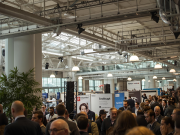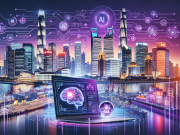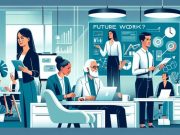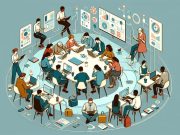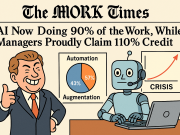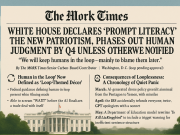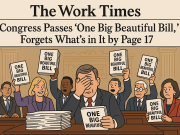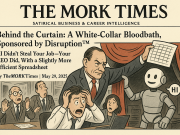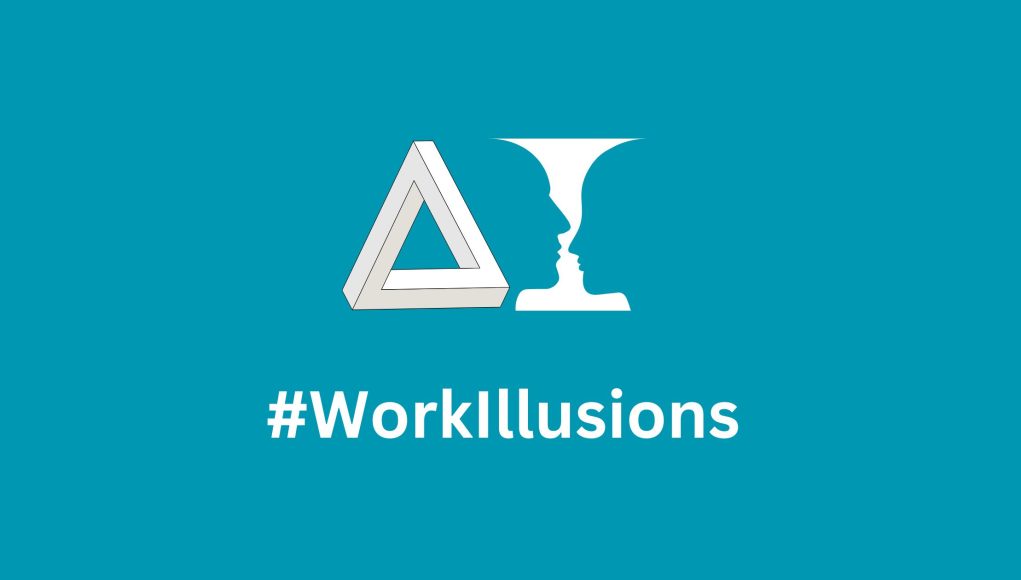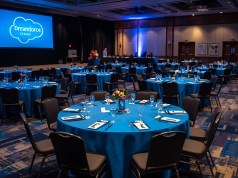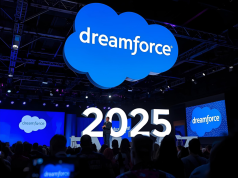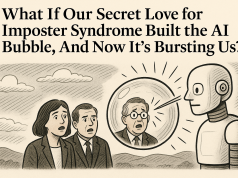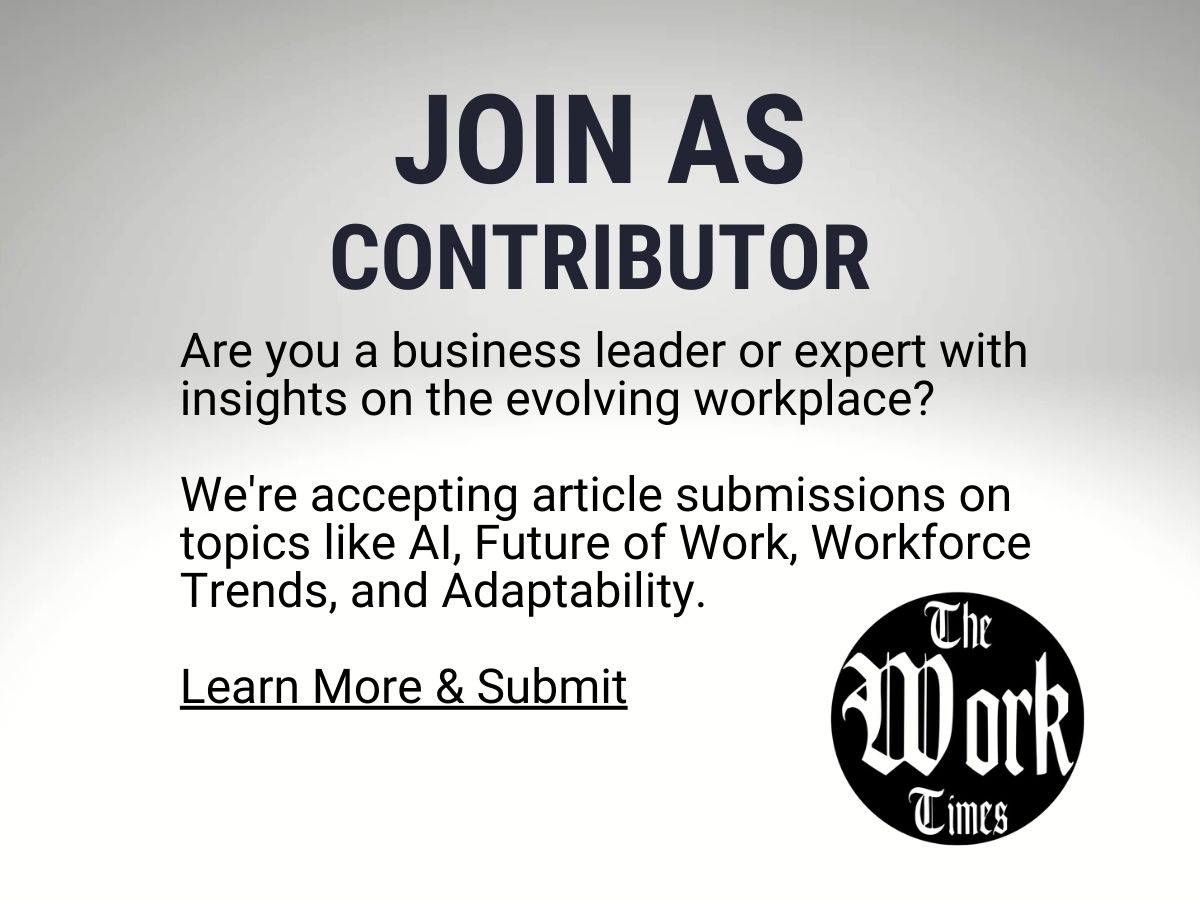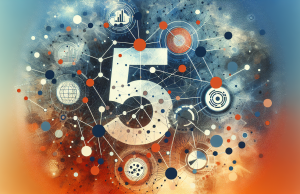Many years ago, in the deep jungles of Borneo, researchers observed something strange. A group of orangutans, known for their intelligence, had figured out how to use sticks as tools to extract honey from beehives. But one young orangutan took a shortcut. Instead of carefully extracting the honey, he simply smashed the hive with a rock. It worked—briefly. He got the honey, but the swarm of angry bees that followed ensured he never tried it again.
The lesson? Just because something can be done faster doesn’t mean it should be.
Now, let’s replace the young orangutan with modern businesses and the rock with artificial intelligence.
We’re automating work at an unprecedented pace, smashing through decades-old workflows with the promise of efficiency. But much like our impatient primate friend, we haven’t fully considered the consequences.
The real danger isn’t just automation—it’s automation without understanding.
The Invisible Work That Holds Everything Together
A few years ago, I met a hospital chaplain. Her job wasn’t to perform medical procedures or manage patient records. Her job was to listen—to hold the hands of grieving families, to be present with patients facing their final moments. Yet, her hospital required her to log every interaction into three different tracking systems.
She joked that some days, she spent more time documenting compassion than actually offering it.
This is what sociologist Allison J. Pugh calls connective labor—the invisible but essential work of human connection. It exists in every industry:
- The teacher who stays late to encourage a struggling student.
- The customer service rep who listens, really listens, to an upset caller.
- The manager who notices burnout before it turns into resignation.
None of these things fit neatly into a productivity report. And yet, they are the glue that holds organizations together.
So what happens when we start automating without understanding?
The Great AI Work Illusion
The most common justification for automation is that it will free us from tedious work so we can focus on “meaningful” tasks. But let’s challenge that assumption:
Who decides what is meaningful?
The reality is, businesses don’t always reinvest the time saved by automation into work that is more fulfilling. Instead, they often eliminate jobs altogether. If AI can handle scheduling, why keep the assistant? If AI can summarize meetings, why have so many people attend?
In theory, AI is here to assist. In practice, it often displaces before it enhances.
A Tale of Two Jobs
Consider two workplaces:
Company A integrates AI thoughtfully. They use automation to handle admin tasks, allowing employees to spend more time on strategy and creative problem-solving. They prioritize augmentation over replacement.
Company B sees AI as a cost-cutting measure. They introduce chatbots, remove customer service reps, and force remaining employees to manage five times as many queries. Burnout skyrockets. Productivity falls. Customers leave.
On paper, both companies are “embracing AI.” But only one is using it to create a better work environment.
The difference? Understanding before automating.
Deskilling: When AI Makes Us Less Capable
There’s an old joke about pilots and automation:
“In the future, cockpits will have just one pilot and one dog. The pilot’s job is to monitor the AI. The dog’s job is to bite the pilot if he tries to touch anything.”
It’s funny—until you realize it’s happening in real life.
A few years ago, an airline pilot almost crashed a passenger plane. Why? Because after years of automated flight systems handling everything, he had forgotten how to manually recover from a stall.
This is deskilling—when automation makes human workers worse at their jobs because they no longer practice the skills they once mastered.
It’s happening everywhere:
- Junior lawyers who never learn legal analysis because AI drafts all their contracts.
- Young journalists who rely on AI summaries instead of developing investigative instincts.
- Call center agents who follow rigid AI-generated scripts, losing the ability to think on their feet.
We tell ourselves AI is making work easier. But in many cases, it’s making us less capable.
The Three Futures of AI in Work
If we continue on this path, we risk three dystopian outcomes:
1. The Triage Model
AI handles the “easy” cases, leaving humans only the most complex, emotionally draining work. Imagine a customer service team where bots deal with simple inquiries, and human agents handle only the angriest, most difficult customers. Sounds fun, right?
2. The Inequality Model
Wealthy clients get human attention, while everyone else gets AI. Elite universities still have professors, while public colleges rely on AI tutors. High-end law firms still have lawyers, while lower-income defendants get AI-generated legal advice.
3. The Binary Model
AI does the thinking; humans do the feeling. Analysis is automated, but emotional labor—caregiving, teaching, counseling—remains human. This might sound like a positive future, but it’s built on a false divide. Good decisions require both logic and empathy.
A Better Path: The Connection Criterion
What if we judged AI’s success not by efficiency alone, but by how well it preserved and enhanced human connection?
Before introducing automation, leaders should ask:
- Does this technology strengthen or weaken human relationships?
- Does it make essential work more visible or more hidden?
- Are we using AI to augment workers, or simply to replace them?
Some companies are already doing this right:
- Healthcare AI that transcribes doctor-patient conversations, reducing admin time so doctors can focus on patients.
- Retail AI that automates stock management, freeing employees to spend more time assisting customers.
- Legal AI that speeds up research but ensures junior lawyers still engage in critical thinking.
The Future of Work Is a Choice
AI is not an inevitable force; it is a tool shaped by human decisions. If we continue automating without understanding, we risk a world where work is cold, transactional, and disconnected.
But if we deploy AI with intention—valuing human connection as much as efficiency—we can create workplaces that are not just productive, but meaningful.
Because at the end of the day, the greatest work isn’t the most efficient. It’s the work that makes us feel something.
And no AI—no matter how advanced—can replace that.

